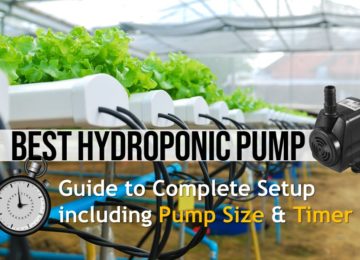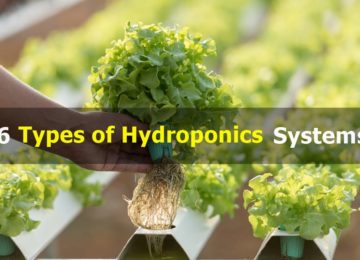Whether recirculating or not, good management of a media-based system is really important to keep your plants healthy. The management includes regularly monitoring of the pH, EC and volume of run-off. Depending upon type of grow media, hydroponic system and climate, you will need to flush your growing media for different purpose to ensure healthy plant growth.
Fundamental of Nutrient Uptake by Plants
Some factors like evaopration can impact the fertiliser usage and nutrient management. The amount of evaporation you can expect depends largely on the type of medium, containers and system. If you have open containers, such as some form of upright bag, pot or box, there can be substantial evaporation from the upper surface. If you have a form of pillow bag, then there is very little surface exposed and hence much less evaporation. For this reason I prefer pillow bags. Other benefits are: the distribution within the bag is usually better because in open bags the feed tends to ‘cone’ down from the dripper, also there is a lower risk of algae growing on the surface.
Whether you recirculate your run-off solution or not, the important solution for plants is that around the root zone (called the root zone solution) because that is where nutrient and water uptake happens. This will be different to the feed, in terms of both strength and nutrient balance.
In any hydroponic system there will normally be a rise in concentration of nutrients in the hydroponic solution as it travels through the medium to the outlet. Hydroponic solution strength is measured by EC (electrical conductivity) with units milliSiemens/centimetre (mS/cm). The reason for the rise in EC is that usually, over a day, the plant is taking up relatively more water than nutrient and consequently what is left unused will get stronger.
Within the medium in any container there will be a distribution pattern, dependant upon the location of the dripper and the drain outlet(s). There will be zones of relatively high flow and other zones which are pretty much ‘dead’ spots. Consequently it is virtually impossible to find a spot within the medium that represents the average within the slab, and hence the run-off sample is the most consistent and reliable sample to indicate what is happening within the root zone.
The plant roots in those different zones adapt to the strengths in those zones and prefer those conditions to remain steady. Flushing with water makes dramatic changes that are not good for the plants.
When should you flush media with water?
In some cases, you do this as a routine. Some growers use signs of stress to suggest that it is time to flush. So, what happens when the media is flushed with water?
- Large amounts of strong nutrient solutions are discarded, far more than realized by growers to whom I have spoken, who use this technique. Also, some of these growers have the strange idea that the solution they are flushing out contains no useful nutrients, because these have all been taken up by the plants. This is quite wrong, as they would realise if they ever had the solution analysed.
- The plants, which are stressed, but at least partly adapted to the high strength root zone solution, now have to adapt to a solution containing virtually no nutrient. This gives a harsh combination of two bad impacts. One is that plants prefer stable conditions in their root zone, but they have been subjected to a huge change. Also, they are now actually being starved of nutrient.
- When feed is returned to standard strength, it will take some time to displace the water in the medium. The result is that the plants will remain starved of nutrient for some time, and have to adapt to the gradual increase in root zone solution strength.
Should you flush your Growing Media?
If you have adequate run-off volume and keep its pH and EC under moderate control, then conditions within a pillow bag will remain steady enough that you should never need to flush. I know plenty of commercial and hobby growers who have gone for years without ever flushing.
For a bag with an open surface, there will be significant evaporation of water at that surface, giving an upper zone with stronger levels of salts. Is this a problem? Personally, I believe it to be much less of a problem than many people think. What happens when you flush from a dripper – the water follows the same ‘cone’ as a normal feed and very little reaches the salted zone. Also, virtually no roots would grow in this zone, so it is unlikely to be causing significant problems. I suggest that it usually isn’t needed.
In this case, if you really want to flush, use a hose with a soft spray rose. Take care and check your run-off EC because you will be washing strong solution down into the active root zone of the plants.
Use nutrient solution if you have to flush
If you do need to flush, such as if there has been a mistake with your fertiliser, or the EC has gone too high, etc, then it is important to flush with nutrient solution, not straight water. This will avoid the conditions of nutrient starvation mentioned in the second bullet point above. If you feel you need use a weaker solution, never go to under half strength.



